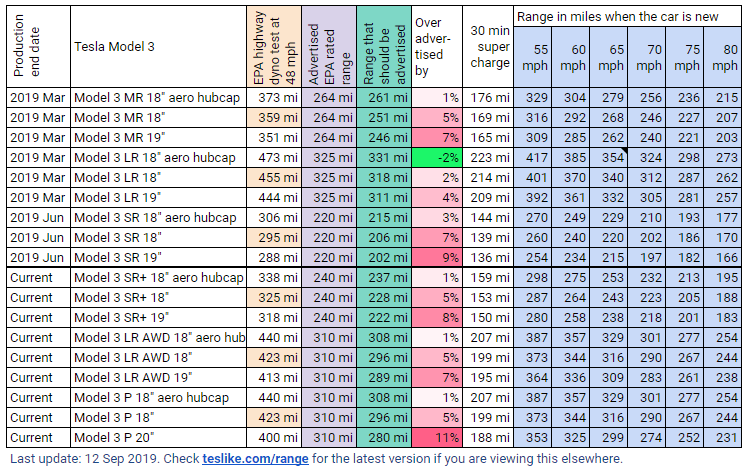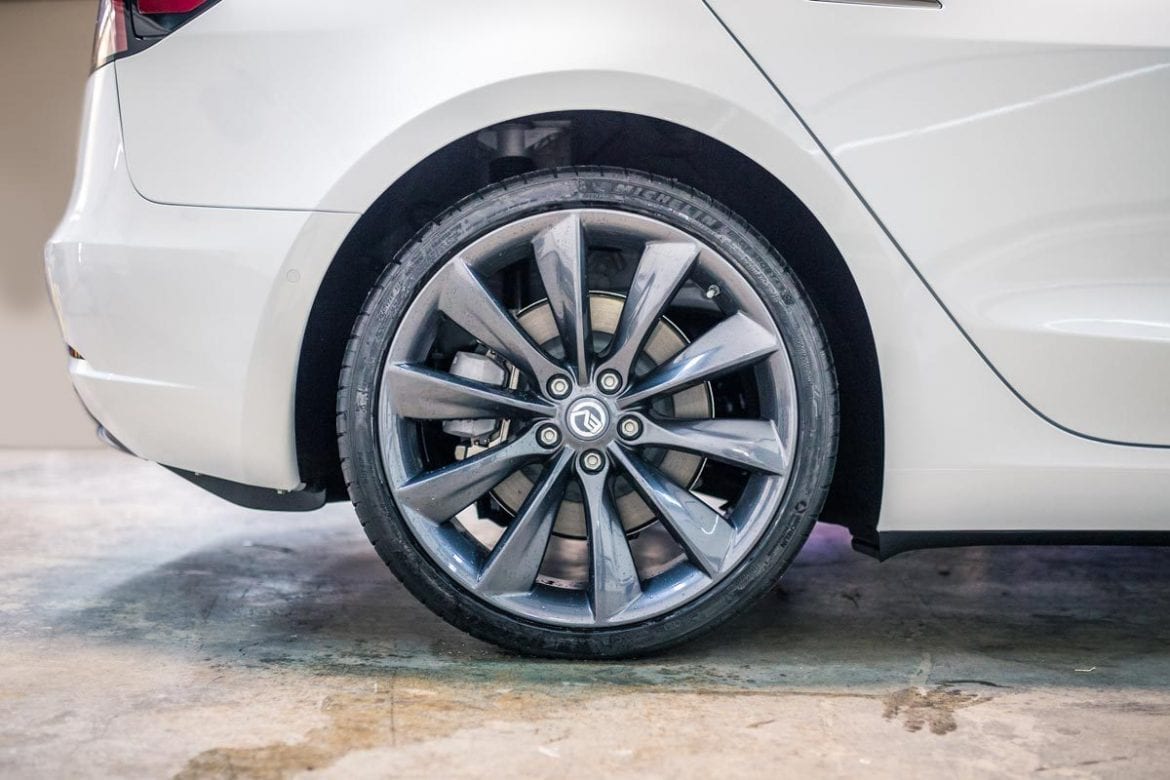Does the size of a wheel affect the electric car range? The short answer is yes, but the degree by which it does might be negligible to some.
All tires perform the same function: mitigate shocks, vehicle acceleration, steering, and braking. However, not all tires perform these functions equally, some are rated for higher speeds, others perform better in wet conditions. But for the sake of today, we will discuss the effects that different wheels/tires have on efficiency and in turn, range. The general term used to express this disparity in efficiency is rolling resistance.
The rolling resistance, simply put, is the force that impedes motion. The lower the rolling resistance, the higher the efficiency and in turn a higher electric car range. Several factors cause rolling resistance but a majority of these factors, such as road quality is, not within your control. However, one major factor that you can control is the wheel size.
The best advice regarding wheel size is not as definite as saying that either a large-sized or small-sized wheel is best for every scenario. Both have their advantages as well as its disadvantages. For example, less power is needed to get a smaller wheel into motion. Therefore, in areas with stop-start traffic, it is best to get a small-sized wheel. However, when in motion, the vehicle’s motor works harder to cover as much distance as a large wheel. This means larger wheels have more efficiency than smaller wheels when in motion. A real-world example of this can be seen when you try to configure a Tesla Model X Performance.

When you go to select the larger 22-inch wheels instead of the other two wheels which are only 20-inches, Tesla informs you that your range will suffer.
An interesting test was conducted by Car & Driver back in 2010 which showcased the effects changing the size of the wheels on a Volkswagen Golf. They tested nearly identical Goodyear Eagle GT tires that ranged from 15 to 19 inches and one of the metrics measured was the fuel economy. What they found was that the difference in fuel economy from 15-inch wheels to 19-inch wheels was about 10%.
- 19”: 21.1 MPG
- 18”: 21.9 MPG
- 17”: 22.8 MPG
- 16”: 22.9 MPG
- 15”: 23.3 MPG
Thankfully seeing as how most new electric cars come with wheels that are 18”, there is sufficient room for improvement in the range for those that are inclined to do so. However, I bet that most people will be willing to sacrifice 10-20 miles of range so that their Model 3 isn’t running around with 15-inch wheels. Additionally, less grip was found in the smaller tires, so moving down in tire size is not a simple upgrade in range with no other consequences in the other aspects of your driving.
Going back to Tesla, Troy over at Teslike created a very handy table that actually tackles this problem. While literal range tests weren’t performed with every configuration of model and wheel, it was created with several known ranges and data extrapolated from EPA test results to give us a better understanding of what kind of effect different wheels would have on the range. While the data was extrapolated for parts of this table, it does seem to fall in line with what Car & Driver found and what Tesla warns when selecting larger wheels.

While the above table only has the Model 3 stats, Troy did create tables for the Model S & X on his site. As an aside, you can also see what kind of effect the aero hubcaps can have on the range. Turns out that it increases the range by about 3-4%.
Moving on, there are several tires, wheels, and rims packages from different top-ranking brands. The question is; how can you be sure you are getting the wheel and tire package that will make your vehicle perform at its best? Check out our four-step guide to ensure you get the best wheel and tire package:
- Know what vehicle you drive: Seems simple enough, know the make, model, and year of your car.
- Choose what wheel you want: Next, choose the wheel that is best for your vehicle. Know that you do not need to size down if the 5-10% gain in range isn’t a priority for you. If you are going big, make sure that you are not going too big and risk making contact with your fenders.
- Narrow your result: You are likely going to find several wheel patterns and tire types that are of the diameter commonly used for your vehicle. Narrow down your option to the patterns that are most applicable to your driving environment, such as all-weather or summer tires. Some tires are also designed for high performance (i.e. Michelin Pilot Super Sports), so if you want the very best driving experience possible, take that into consideration.
- Select your custom package: The next step is to select a nice finishing from the seller’s option. Some sellers offer other forms of incentives such as high-speed balancing, security lugs, and locks, etc.
So yes at the end of the day, the size of your wheel does affect your driving range. But as the EPA states, there are many things that can affect the efficiency of your car, down to individual variances during the production of your specific car. So our advice is to not worry too much.
How do you guys feel about the difference in range? Does the slight increase in electric car range make you want to consider putting smaller wheels on your car? Let us know down in the comments below.

1 comment
[…] Originally published on EVANNEX. By Denis Gurskiy, EV Bite […]